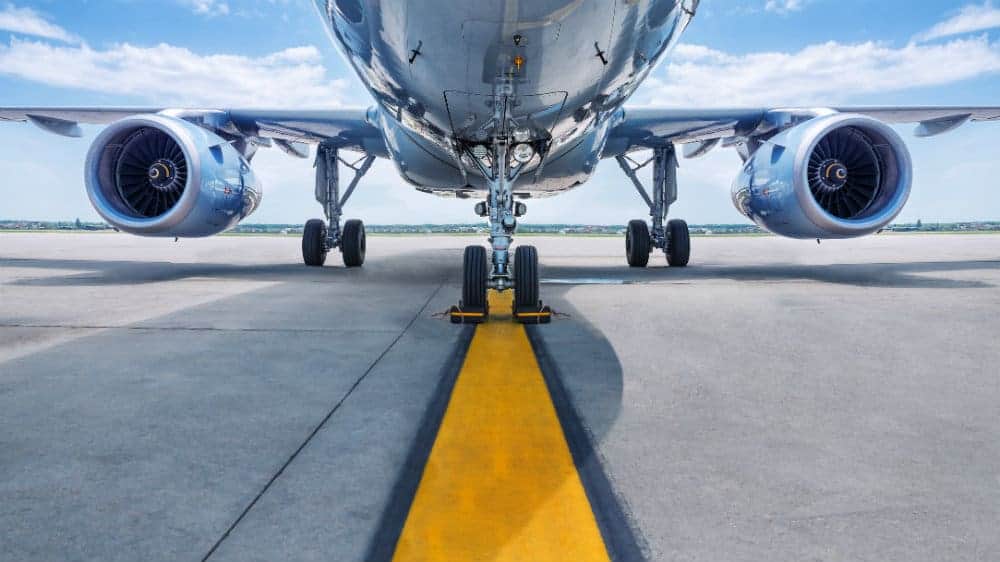Air Canada (TSX:AC) is ramping up capacity as travel restrictions ease and higher vaccination rates make people more comfortable getting on a plane. The stock price, however, is down more than 15% in the past three months. Investors who missed the big rally off the 2020 lows want to know if AC stock is now undervalued and a good buy.
Market outlook
Airline bookings are improving after Air Canada slashed capacity by more than 90% during the worst part of the pandemic. Families who haven’t had a chance to get together for more than a year are booking flights and people craving a winter holiday are also making reservations. This all bodes well for Air Canada as it works through the process of getting more routes back in the air.
The most profitable passengers, however, might not return so quickly. Business people found out during the pandemic that they can do deals with faraway clients via online meetings. The computer chat will never fully replace the value of an in-person meeting and salespeople will eventually start to hit the airports again, especially if their competitors are making the effort to visit potential customers.
There is a chance, though, that business travel has peaked. Flying people around the country and the world is not just expensive due to the flights, but the hotels, meals, car rentals, and entertainment expenses also add up. Many large corporations have already decided to trim travel budgets, which could have a big impact on Air Canada’s margins once the previous routes are all back in the air.
Even if business people return to air travel in larger numbers than expected, the timing of the rebound is uncertain. Most office types are still working from home and it will likely be 2022 before people start meeting at work in large numbers. This means the rebound in the business class seats could lag holiday travel by several months.
Financials
Air Canada reported Q2 2021 results that indicate things are improving, but the company still faces challenges. Operating revenue came in at $837 million, which is up $310 million compared to Q2 2020. That’s good news, although Air Canada booked an operating loss of $1.13 billion in the quarter, compared to the $1.56 billion it lost in the same period a year ago.
For the three months, Air Canada burned through about $8 million per day. This is better than $13-15 million expected earlier in the year, but the result is still not something investors should view too favourably. The company provided cash burn guidance of $3-5 million per day for Q3 2021.
Air Canada finished Q2 with $9.8 billion in unrestricted liquidity, so it has ample cash available to ride out the rest of the pandemic and get back on track.
The Q3 results might actually surprise to the upside. Canada opened up the border to vaccinated U.S. travellers in early August and vaccinated international visitors are now allowed to arrive by air to the country.
This, along with strong bookings for Q4 and the winter months of 2022 could boost cash flow to the point where Air Canada stops bleeding. That’s the first step toward getting back to profitability.
When should you buy AC stock?
Air Canada will survive and air travel will rebound. That said, profitability at 2019 levels might be hard to achieve. It could take a couple of years for business travel to return to previous levels, if at all, so investors might need to recalculate their expectations for future earnings.
At the current share price of $24, Air Canada trades at about half its pre-pandemic value. The company is a lot smaller than it was and profitability headwinds are still in place.
As such, the stock still looks expensive, especially in an overbought market. I would at least wait to see how the Q3 results come out before buying the shares. In addition, the broader market is due for a correction and Air Canada could easily slide back below $20 on the next market pullback. I would probably be more comfortable taking the plunge around $15.



